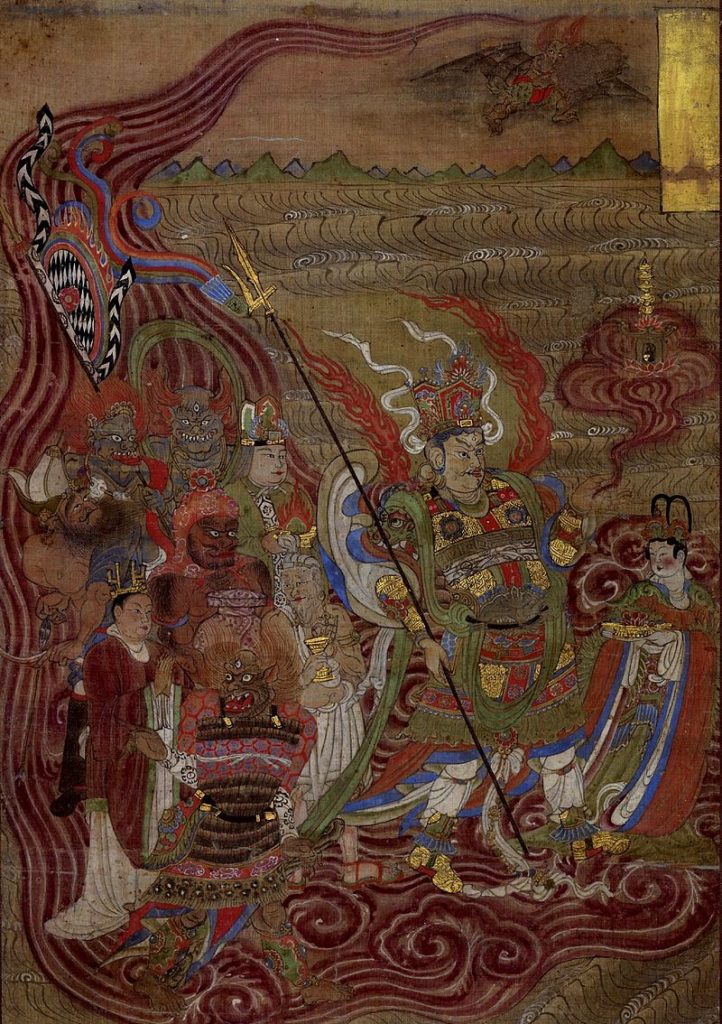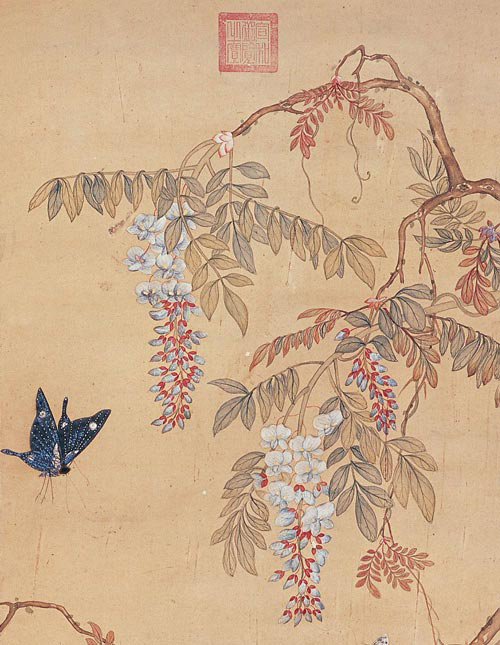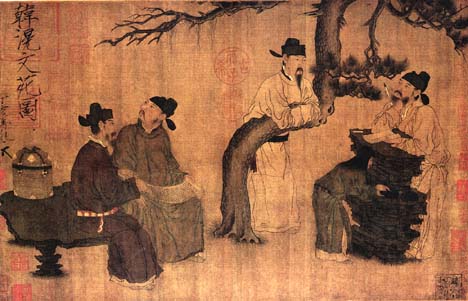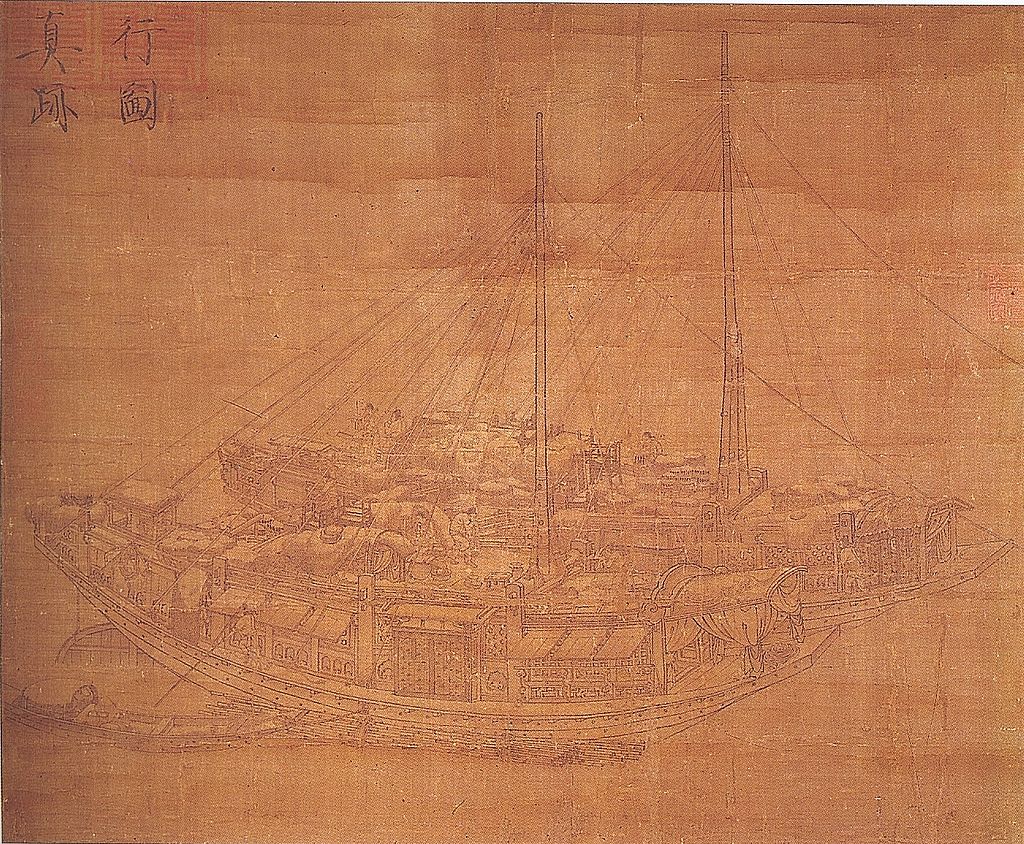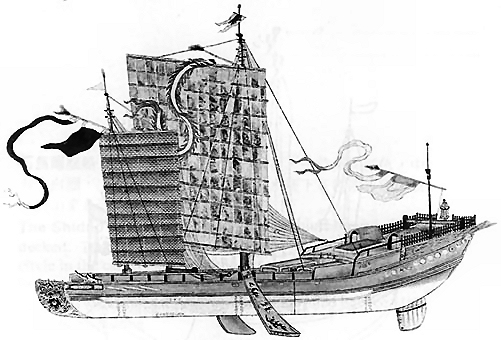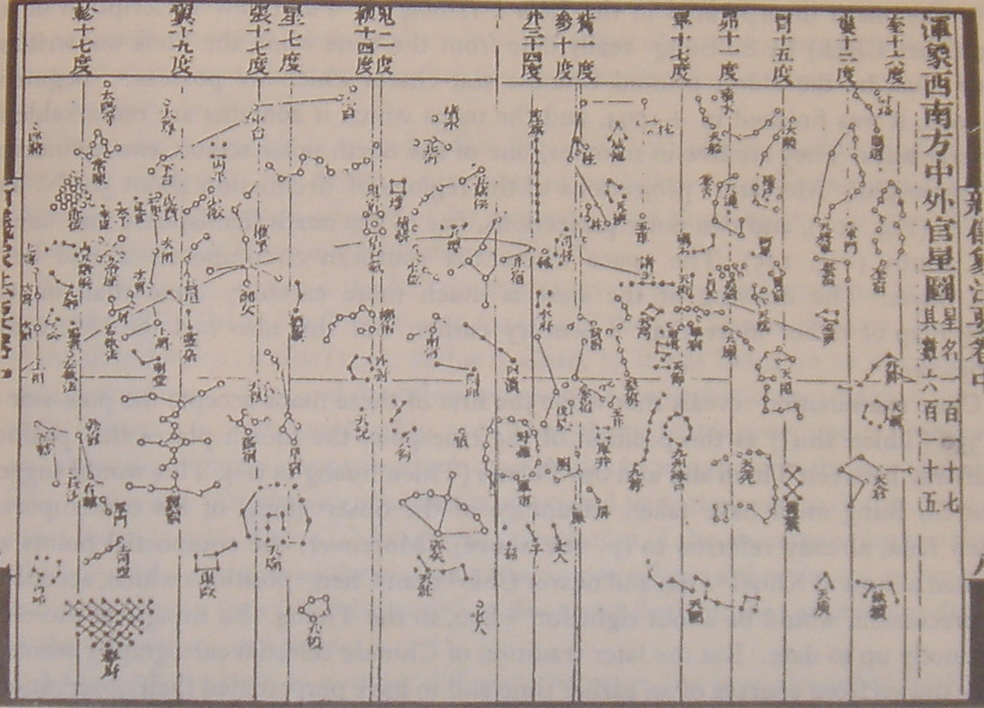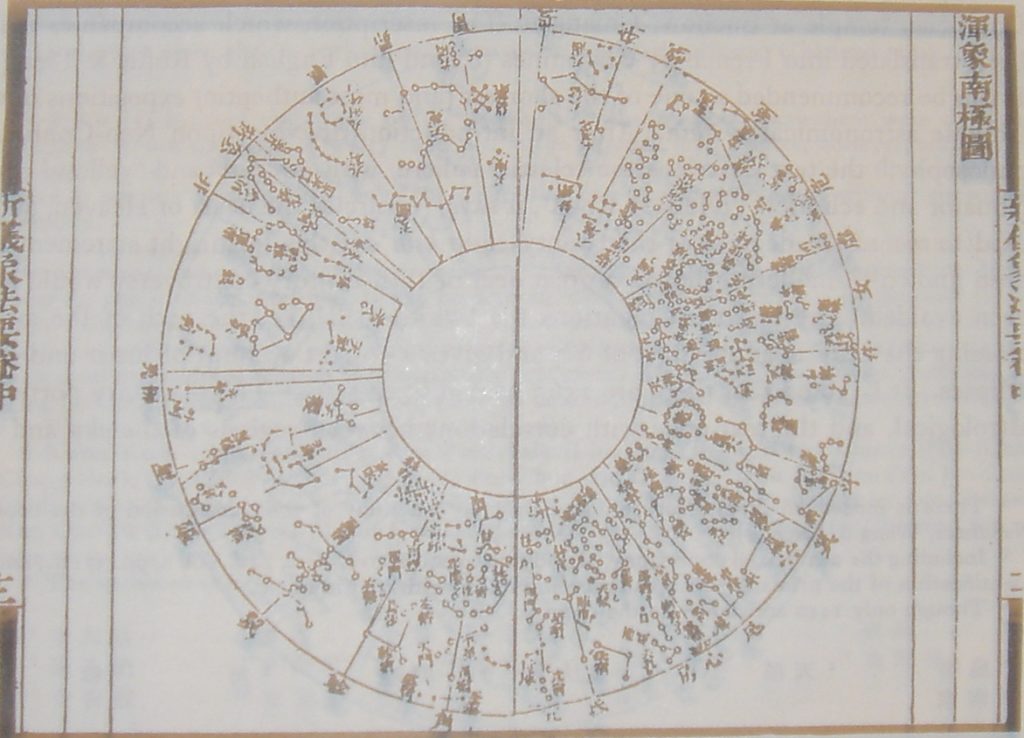Dear gamers, fellow readers,
There has been quite some time since the last post… The Covid-19 crisis is partly responsible for us being silent (IRL issues management and adaptation) but, rest assured that work has continued on the game – as much as possible.
It is time for us to resume our stream of posts about (highlighy) summarised Chinese History. We parted last time with a foreshadowing of another period of disunity – the Five Dynasties and Ten Kingdoms.
And, again, a Chinese puzzle…
For more than half a century (907-960 AD [979]), China was divided after regional warlord Zhu Wen (朱溫) move to kill Tang Emperor Zhaozong in 907, putting an end to some 300 years of Tang rule. It would however be wrong to assume that this assassination did break the Empire apart in one blow. Actually, the jiedushi (節度使 / 节度使), regional military governors, had been acquiring strength and autonomy long before this date. In the later years of the Tang dynasties, they were no longer appointed by the Emperor and had armies rivalling those of the Emperor. Eventually, they secured a de facto independence, recognised as such by foreign countries. China was fragmented into multiple, rather unstable States. However, the different courts were actually centres of artistic excellence, with a vibrant development of poetry and culture. This half-century is also marked, in the South, by economic prosperity.
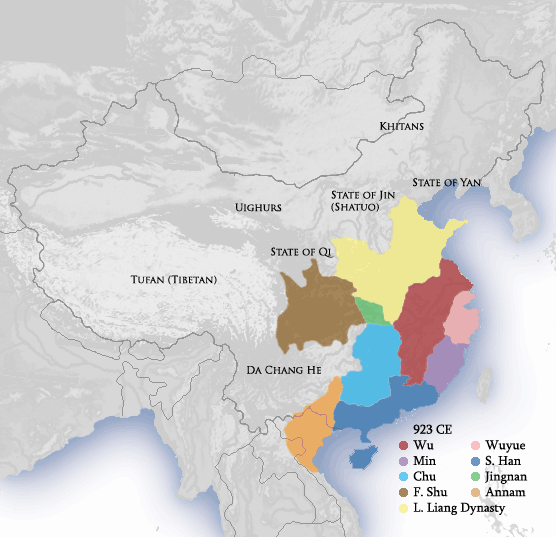
Here below are the list of these Five Dynasties and Ten Kingdoms, about which we will not go into details (except for the winner, try guessing which one it was!) :
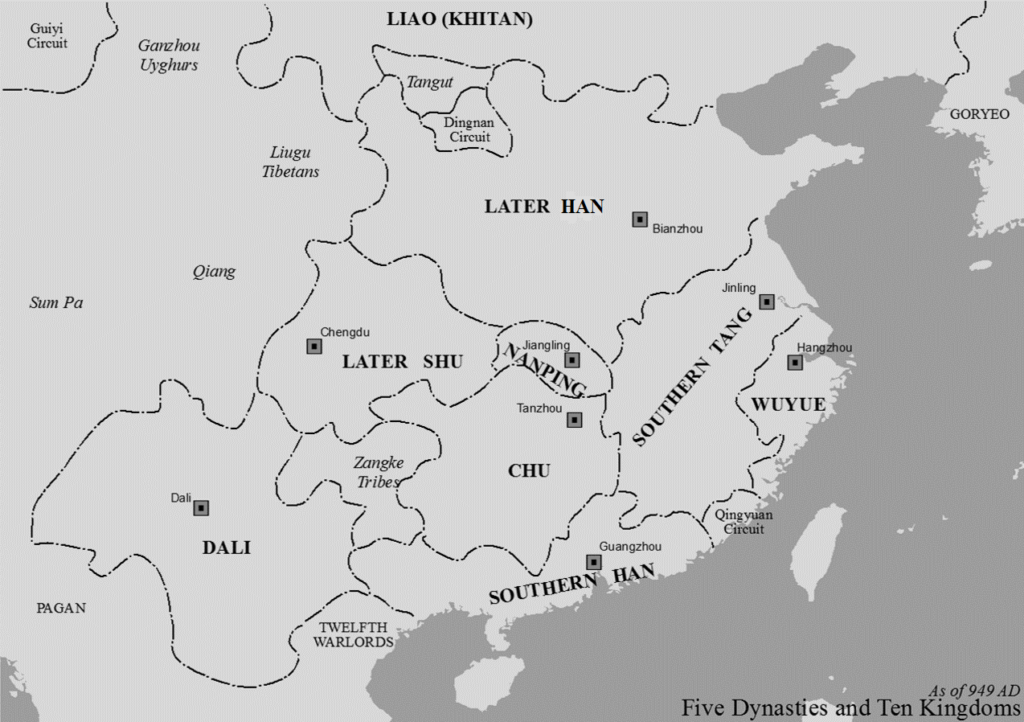
The Five Dynasties
The Five Dynasties ruled land mostly located in Northern China and rapidly succeeded to one another, leading to high instability. These are, oddly, remembered for being rather abusive in terms of justice and relying on excessive punishment – torture was for instance often used under the Later Han.
- Later Liang (後梁 / 后梁 – Hòu Liáng, 907-923 AD),
- Later Tang (後唐 / 后唐 – Hòu Táng, 923-937 AD),
- Later Jin (後晉 / 后晋 – Hòu Jìn, 936-947 AD),
- Later Han (後漢 / 后汉 – Hòu Hàn, 947-951 AD),
- Later Zhou (後周 / 后周 – Hòu Zhōu, 951-960 AD).
The Ten Kingdoms
Located mostly in Southern and Western China, these were more stable and controlling a geographically specific area, what enabled them to focus on trade, land reclamation and infrastructures projects. They were in constant competition with one another but, due to a lesser degree of war, saw their population booming with migrations from the North. You will notice they did not all exist at the same time.
- Former Shu (907–925),
- Yang Wu (907–937),
- Ma Chu (907–951) ,
- Wuyue (907–978),
- Min (909–945),
- Southern Han (917–971),
- Jingnan (924–963),
- Later Shu (934–965),
- Southern Tang (937–976),
- Northern Han (951–979).
Historian Hugh Clark sees three stages dividing the era in terms of political dynamics:
- 880-910: between the Huang Chao Rebellion and the formal end of the Tang dynasty, chaos between fighting warlords who control 1-2 prefecture(s) each,
- 910-950: stabilisation of warlords and gain in legitimacy by some to proclaim dynasties,
- 950-979: reunification by force by the Later Zhou dynasty and successor dynasty, accompanied by a demilitarisation of provinces.
Two political events are also noted during this period: the handover of the Sixteen Prefectures (along the Great Wall) to the Khitan Liao dynasty and the indepence of Vietnam, after centuries of Chinese overlordship.
Let us sing the Songs! (and the other dynasties living at the same time)
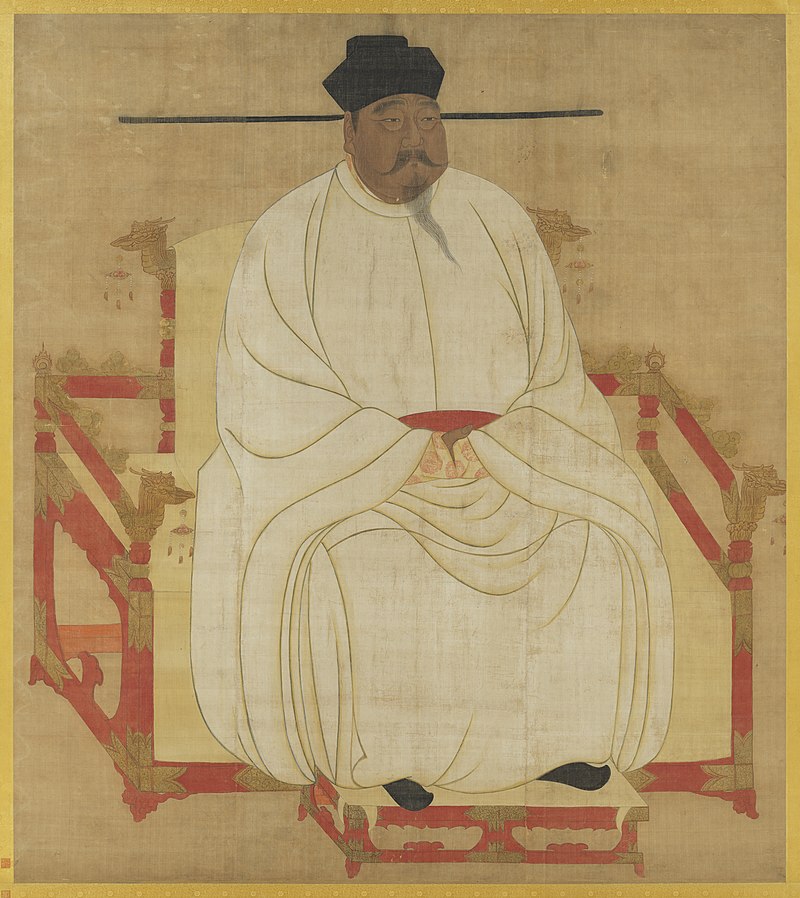
You have surely noticed we have not mentioned the winner at all! You would think the last dynasty – the Later Zhou – would be the one unifying China. And you would be… partly right. They were indeed in a position to conquer the rest of China proper, was it not for another… coup, of course! A general, Zhào Kuāngyìn (趙匡胤 / 赵匡胤), following of « prophecy » annoucing the transfer of the Mandate of Heaven to him, overthrew the last Later Zhou Emperor with almost no resistance. He founded the Sòng dynasty (宋朝, Sòng cháo), named after the prefecture he commanded, and became Emperor Taizu (宋太祖).
However, one important point not to miss is that, despite its successes, the Song Empire never managed to be sole State to rule in China. Among contemporary states to the Songs, the Khitan Liao dynasty (遼朝/辽朝, Liáo cháo) lasted from 907 to 1125 AD, the Jürchen Great Jin (大金, Dà Jīn) from 1115 to 1234 AD and the Tangut Western Xia (西夏, Xī Xià) existed between 1032 and 1227 AD. They will also be covered in the coming lines!
Political and military overview of a 300-years rule
The new Song Empire spent its first 20 years unifying Chinese territory, putting an end to the Northern Han, the last Kingdom, in 979 AD.
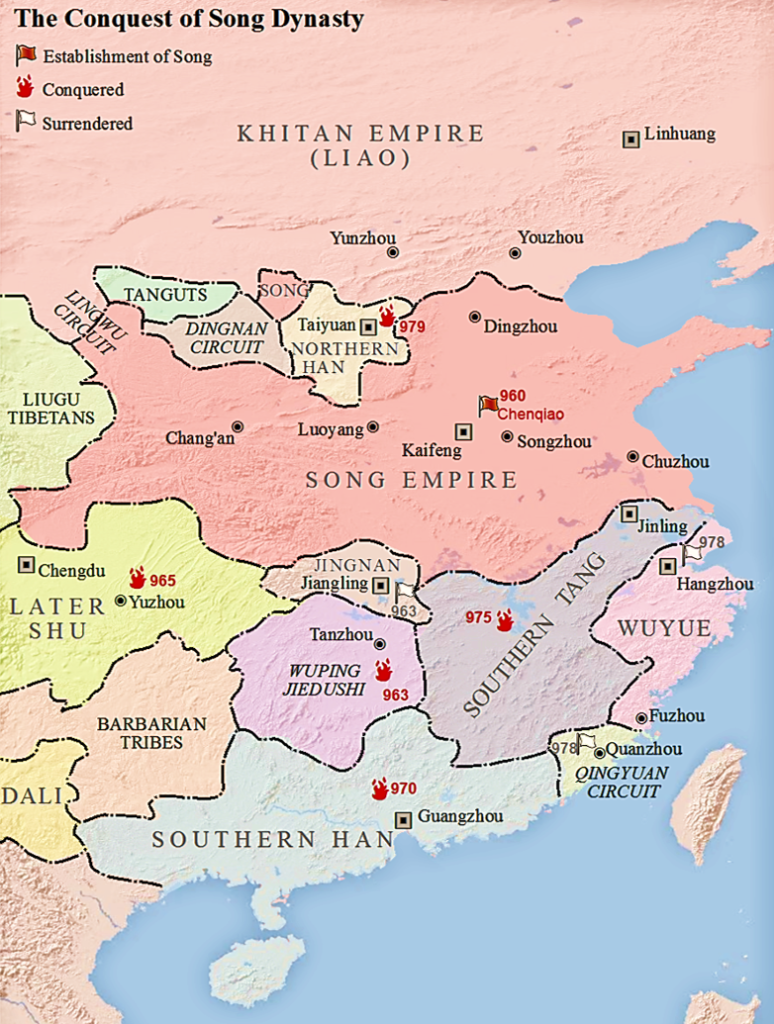
Loss of the Sixteen Prefectures under the previous dynasties, seriously weakening the defence capacity of China land, was considered as a serious issue enough for the Songs to launch campaign to reclaim them as soon as the rest of the land was secured. The 979 battle of Gaoliang River won by the Liao effectively ended this attempt to reclaim lost land. Some thirty years later (1004), the Liao cavalry charged into the open plains of northern China, managing to push the Empire into submission!
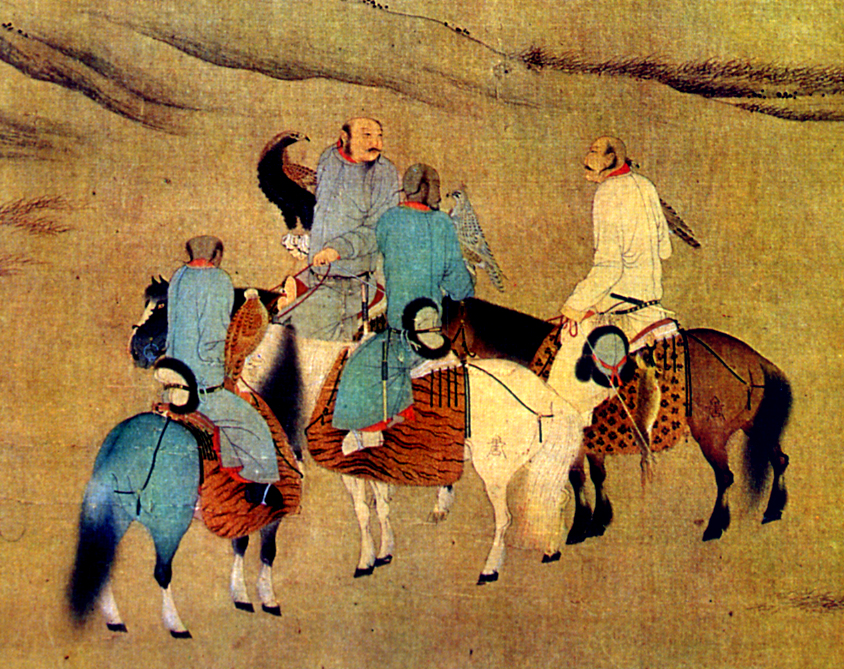
Through the Chanyuan Treaty (1005 AD), the Song Empire was vassalised and force to pay yearly tributes to its overlord – a terrible crack into the Chinese vision of the Middle Kingdom as centre of the world! However, paid money was returned to the Songs through purchase of Chinese goods, effectively enriching the country. Sinicisation of the Liao dynasty also increasingly took place through these exchanges (including marriages with Chinese princesses), continuously blunting the nomadic lifestyle of the Khitans. What initially appeared as a crushing military defeat and terribly blow to the Song prestige became a delayed cultural and economic victory. You would think the Song would get through this, would you not?
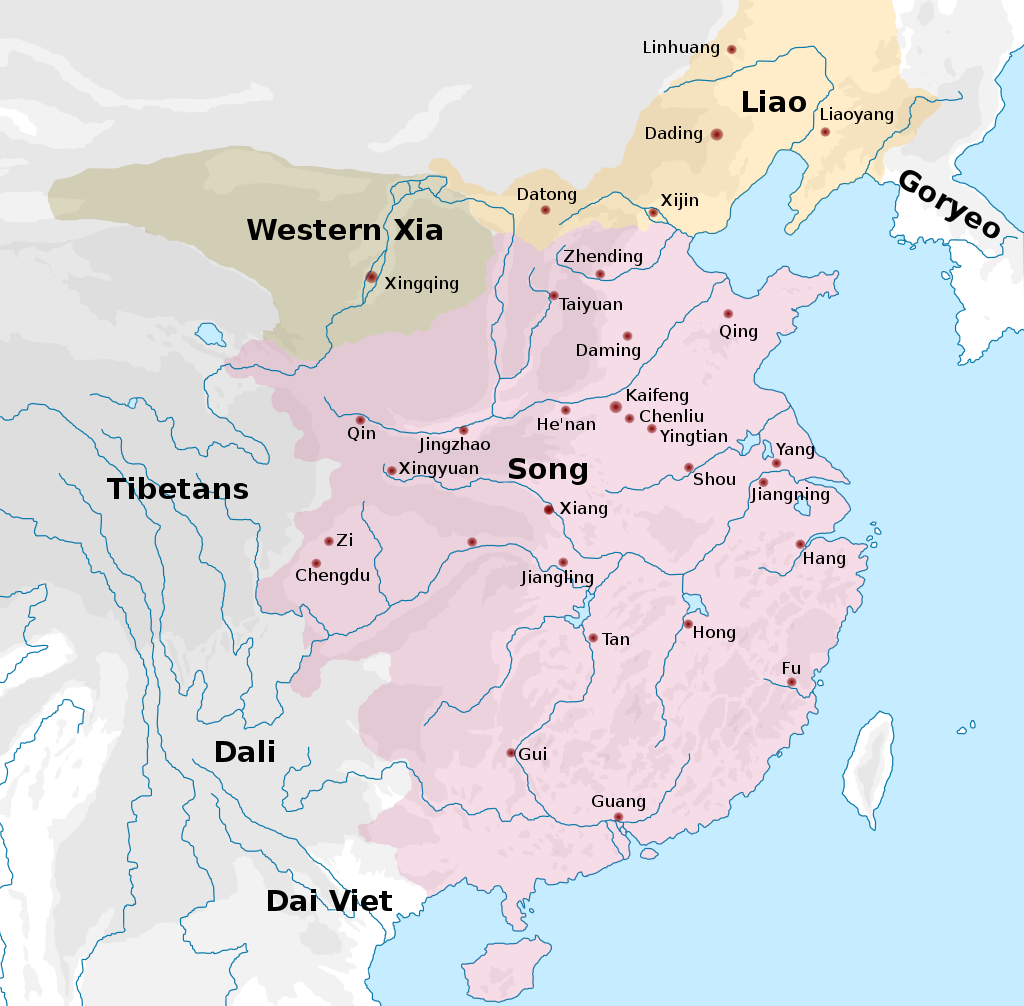
How wrong you would be… The devastating blow to the Song was to come from within their master. With their military power dwindling, the Liaos could not prevent the rebellion of Jürchen tribes living on their land in 1115. The Song felt they could take advantage of this situation and allied the Jin in the Alliance Conducted at Sea (海上之盟) until the Liao demise. The Jürchen, under the Jin dynasty, successfully destroyed the Liao in ten years – leading the remnants of their dynasty to flee to Central Asia and form the Qara-Qitai Empire (who, we all know too well, are without honour).
They did not wait for long before going after the next big neighbour, which happened to be their former Song ally, whose weakness was sensible. In 1127 AD, Bianjing (modern days Kaifeng), the capital is sacked by Jürchen armies (the Jingkang Incident) and, by 1142 AD, the entire northern China is under their control, putting an effective end to the Northern Song (960-1127 AD). Remnants of the Song dynasty managed to escape to Lin’an (present day Hangzhou) to start the Southern Song dynasty (1127-1279 AD), ruling south of the Huai river.
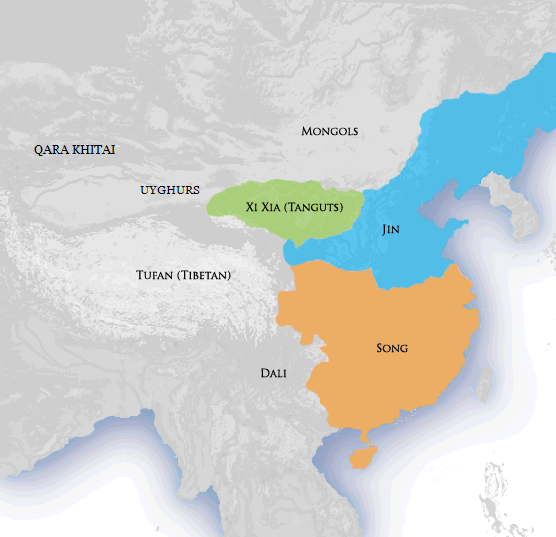
Requiem for an empire
China proper was thus divided between the Xi Xias in the West, the Jins in the North and the Songs in the South. The Song empire developed a new navy to combat the Jürchen invaders; they heavily relied on new uses of technologies to equip its army, like the use of gunpowder for warfare. Active periods of war happened between 1161-1165 AD and 1206-1208AD, pitching the two belligerents. The arrivals of Mongols in the diplomatic game (invasion of Jin in 1211) was used by the Song in a fragile alliance to contain the Jins between 1217 and 1224 AD (and again in 1233-1234 AD). The Mongols also defeated the Western Xia in 1227 AD and the Jin eventually fell in 1234 AD.
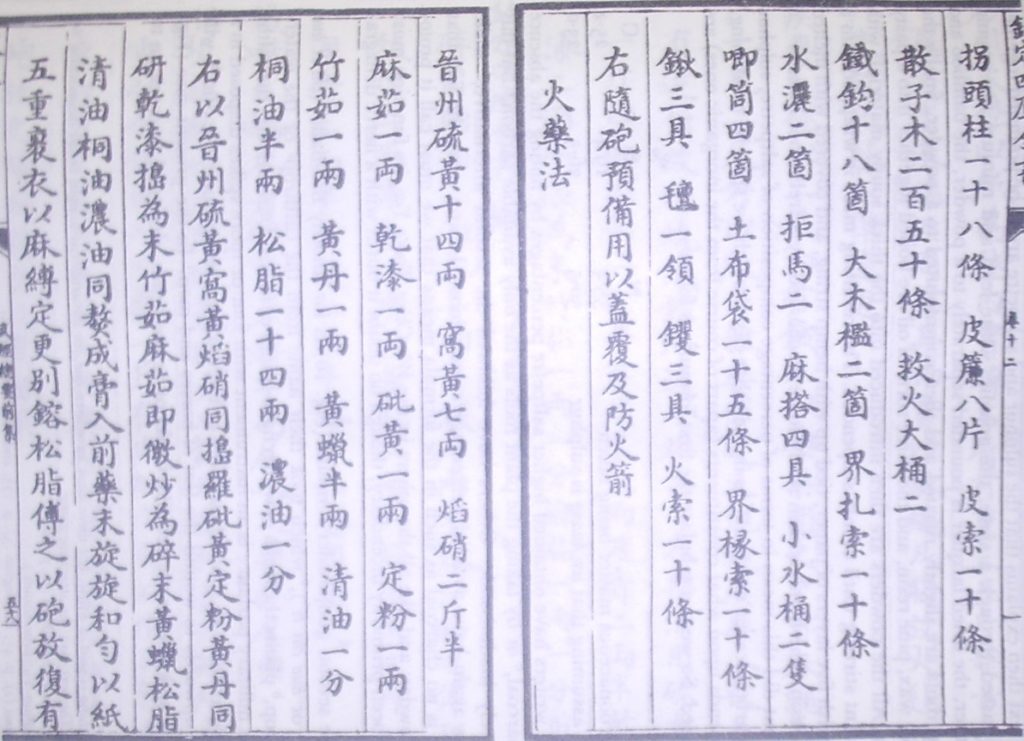
What the Song neglected was the fact that, once the Jins were out of the picture, they would be next… Sporadic warfare took place for the next 20 years, with constant progress of the Mongol armie. The 4th Great Khan, Möngke Khan, died besieging the Diaoyucheng mountain castle near Chongqing in 1259. Kublai Khan, his younger brother, was proclaimed the new Great Khan, despite low recognition from Mongols in the west. In 1271, he proclaimed himself Emperor of China, creating the Yuán (元朝, Yuán Cháo) dynasty. Kublai Khan’s armies eventually destroyed the last Song armies at yhe Battle of Yamen in 1279, putting an end to 300 years of Song rule.
Economic, social and cultural boom
Administrative rebirth
Despite the military weakness and long falling back of the Song Dynasty, this era is considered as the high point of classical Chinese civilisation and one of the most prosperous periods.
The population of China doubled in size in the 9th, 10th and 11th centuries. The census organised during the Northern Song listed 20 million households for an estimated population of 90 million inhabitants. World population in 1100 is estimated between 300 and 350 million people – making China then home to 25-30% of all humans on the planet (18% in 2019)! Its two successive capitals, Kaifeng (until 1127) and Hangzhou (until 1276) were in turn the most populated cities on Earth with over a million inhabitants at their peak.
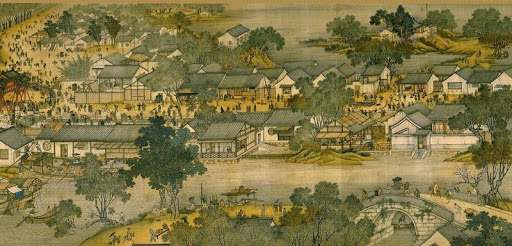
The Song was an era of refined administration and complex social relations. Although created under the Sui and Tang dynasties, it is with the Song that the civil service competitive examinations became massively utilised to recruit officials – 30,000 candidates in the late 11th century versus 400,000 at the end of the 13th century. Its dense network of civil servants enabled the Song dynasty to run social welfare programmes, including retirement homes, public clinics, paupers’ graveyards and resurrected the Tang postal service. Over the scholar-officials appointed via this imperial examination gradually took power over military officials, shifting balance from a military « founding » aristocracy, connected to the imperial family, to a bureaucratic elite. Additionally, as prosperity was growing, the central government gradually withdrew from direct intervention in economic affairs, paving the way for local gentry (business and scholar) to take a greater role in local administration and affairs. Appointed officials tended to rely on local scholar-officials for daily management of their territory.
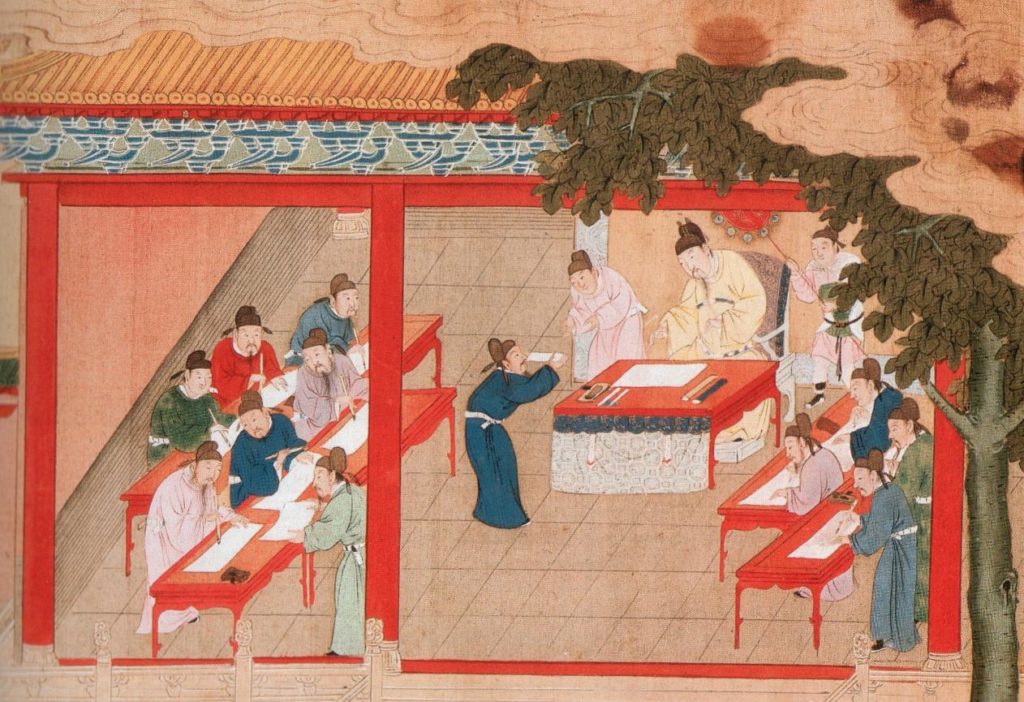
Economic developments
As already advertised, economy was in complete boom. Even the old silk road was blocked by nomadic empires, the Song developed a strong navy to support a dense maritime trade with neighbouring countries – turning the Song copper coin into a real exchange currency, widely accepted. Additional innovations like paper money and insurance for shipments further boosted trade.
Major merchant families and private business owners were allowed to occupy industries not under central government-operated monopoly. Artisans and merchants formed guilds to set standards (prices, wages, materials, etc.) and act as an intermediary to deal with bureaucracy (for taxes, requisitions, etc.). Government factories were also mass employers: for instance, the paper money factory in Hangzhou employed over 1,000 workers in 1175.
In 1085, the total amount of copper coins produced reached around 6 billions coins and private entrepreneurs could produce up to 100,000,000 kg of iron products! Productivity of the latter highly benefitted from the use of coal instead of charcoal, also preserving China from massive deforestation.
A vibrant social life and culture
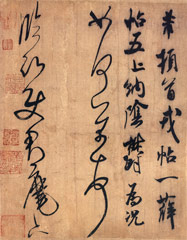
Social life was particularly vibrant, with people enjoying a number of public festivals (Lantern and Qingming festivals for instance) and extremely lively entertainment districts, offering the widest array of possible entertainment. It seems that people participated en masse to social clubs such as tea clubs, exotic food clubs, horse-loving clubs, poetry clubs or antiquaries and art-lovers club. Theatrical drama – spoken in Classical Chinese, not vernacular – was widely popular among the elite: the four largest Kaifeng theaters could hold audiences of several thousands, each! Go and xiangqi games were also popular pastimes at home.
Arts were also peaking at the time, with many prominent famous figures like poets Su Shi and Mi Fu, painters such as Su Hanchen, Cui Bai Zheng Zeduan or Liu Songnian.
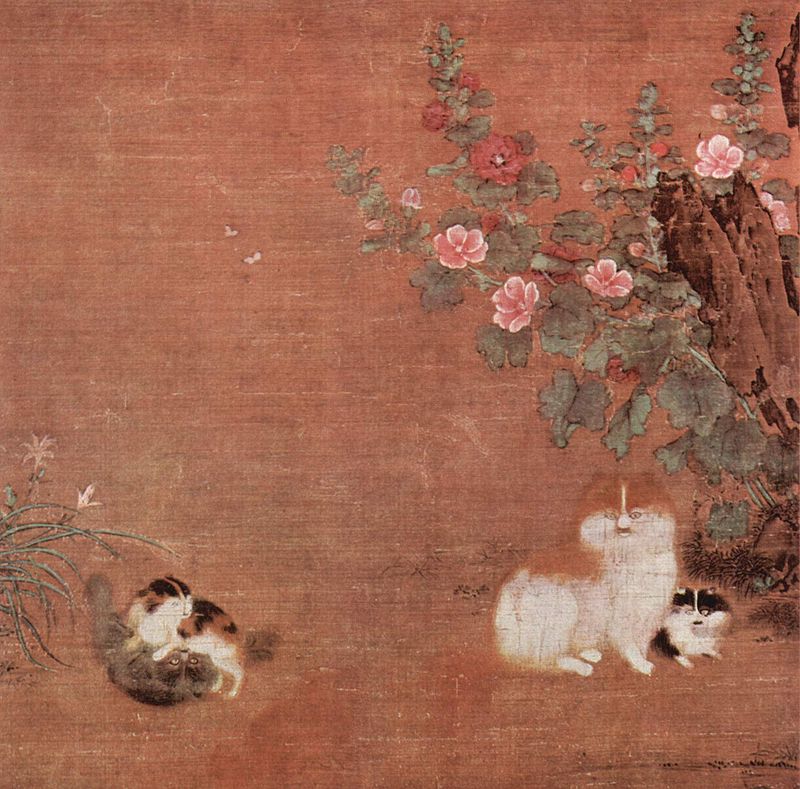
Cats in the Garden, by Mao Yi, 12th century. 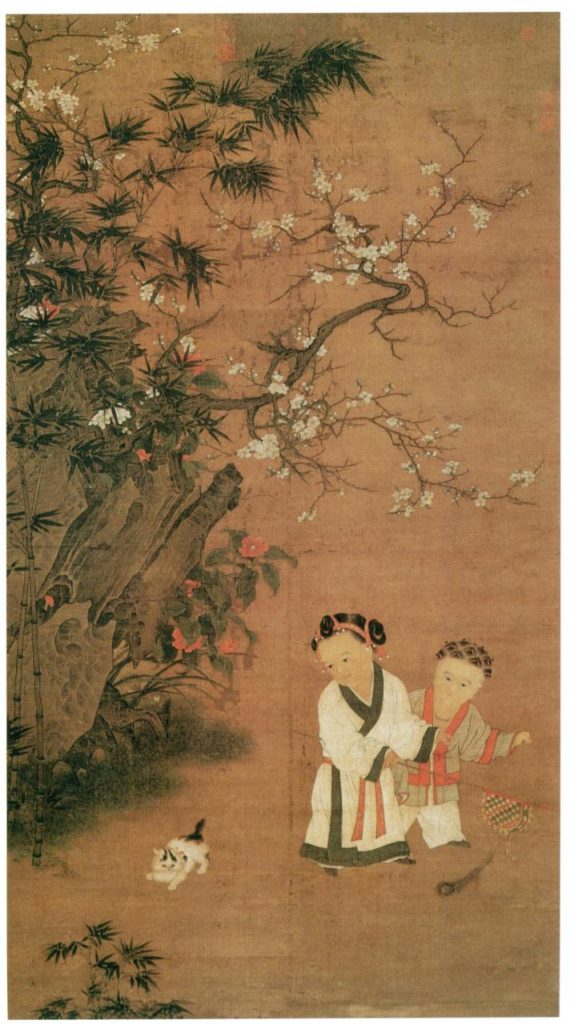
12th-century painting by Su Hanchen 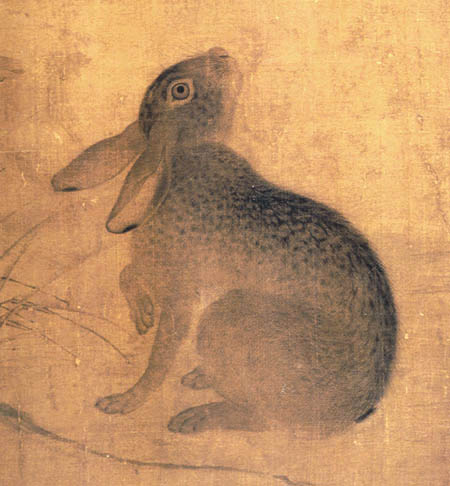
Double Happiness (Cui Bai) (Close-up) by Cui Bai 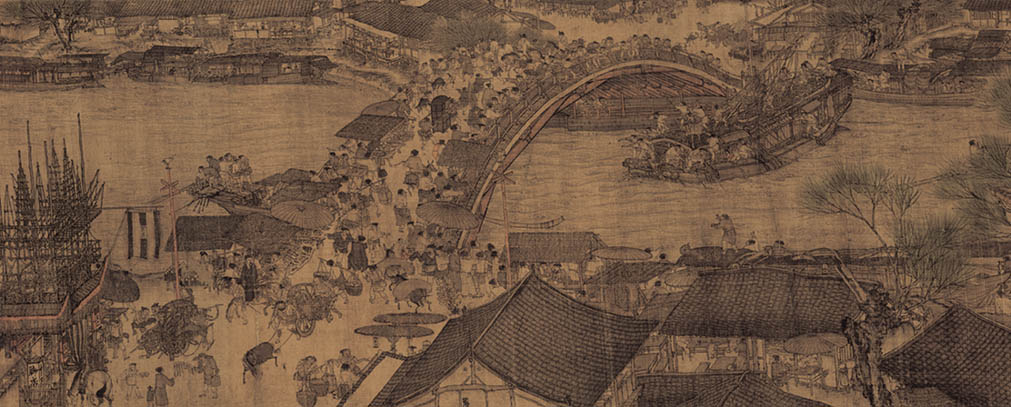
Along the River During Qingming Festival by Zhang Zeduan (1085–1145)
Attention was given to compiling encyclopedic knowledge too, with the universal history text of the Zizhi Tongjian, compiled into 1000 volumes of 9.4 million written Chinese characters, as a shining example.
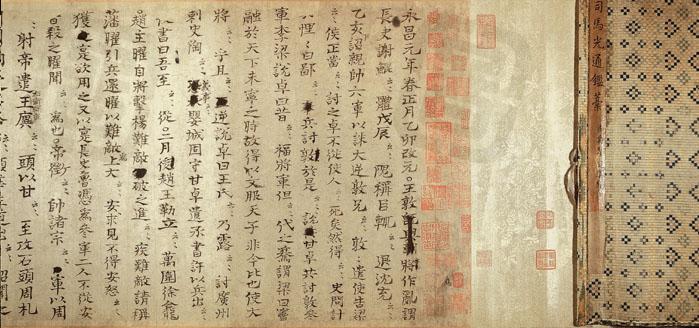
In terms of philosophy, Buddhism’s influence had waned but fuelled the « rebirth of Confucianism » led by Cheng Yi (1033–1107) and Zhu Xi (1130–1200), known as Neo-confucianism. We may touch Chinese philosophy in a (series of) vulgarisation focus, as there is much to say and many complexities. Zhu Xi’s emphasis on the Four Books of Confucianism and his commentaries, despite not being accepted by his contemporary peers, ended up in 1241 as standard education requirements for candidates to the imperial examination.
Let us not forget the many architectural achievements of the dynasty
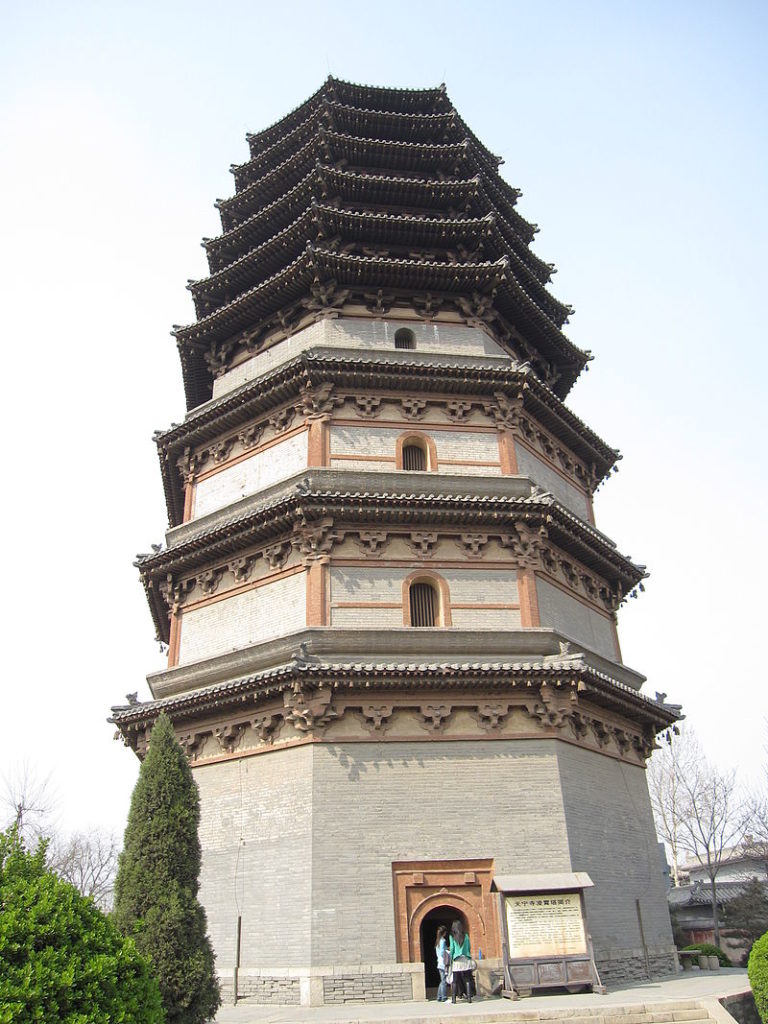
Lingxiao Pagoda of Zhengding, Hebei, 1045. 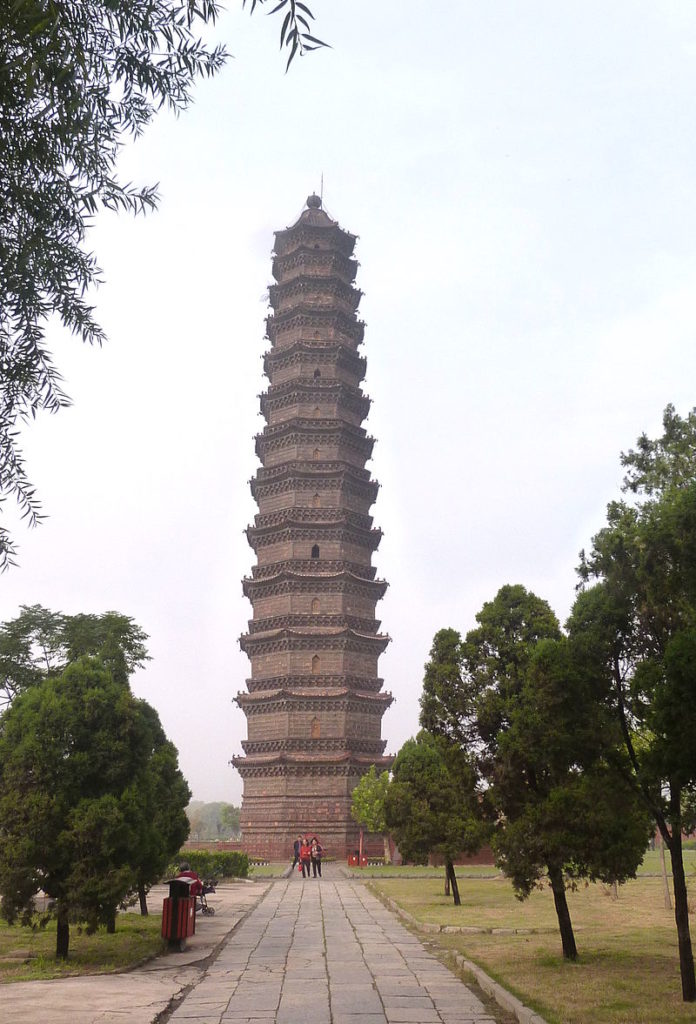
Iron Pagoda, Kaifeng, 1049 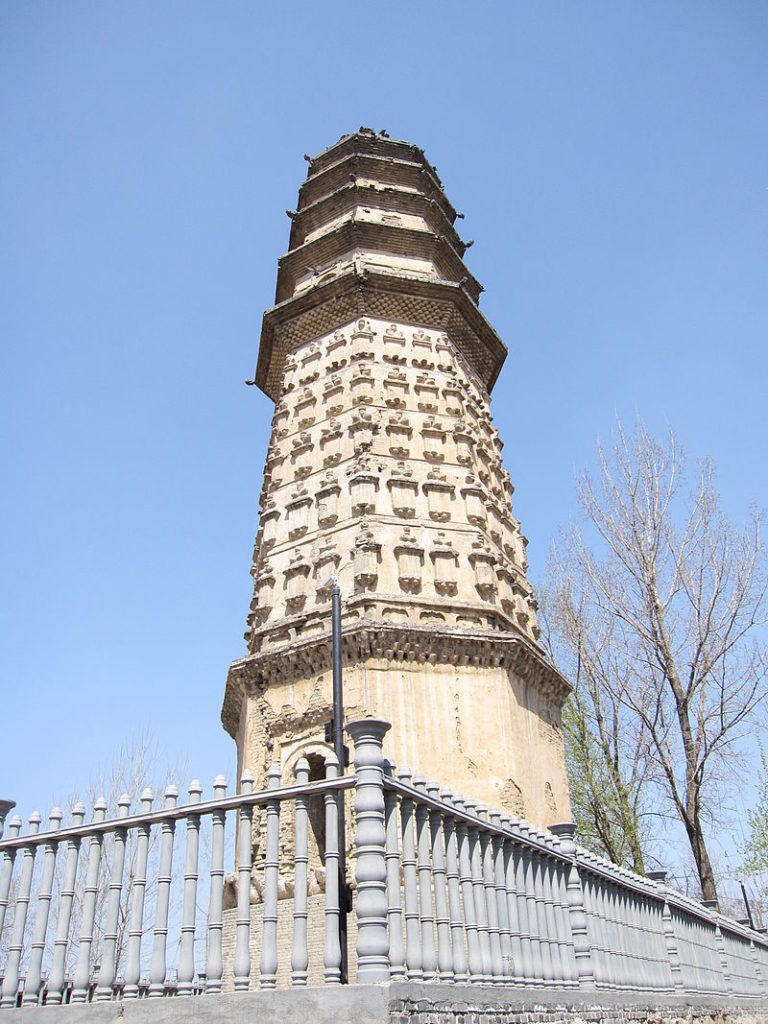
Xiude Temple Pagoda in Quyang, Hebei 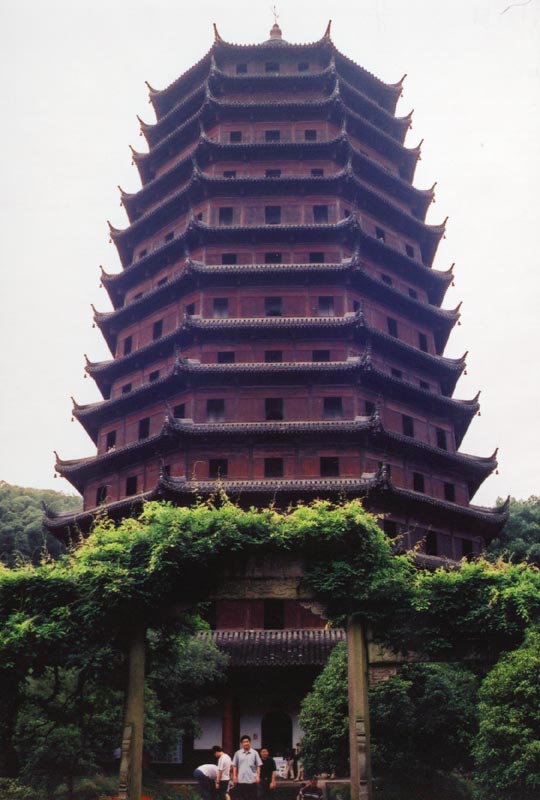
Liuhe (Six Harmonies) Pagoda, , in Hangzhou, 60 m high, constructed 1156 – 1165 AD
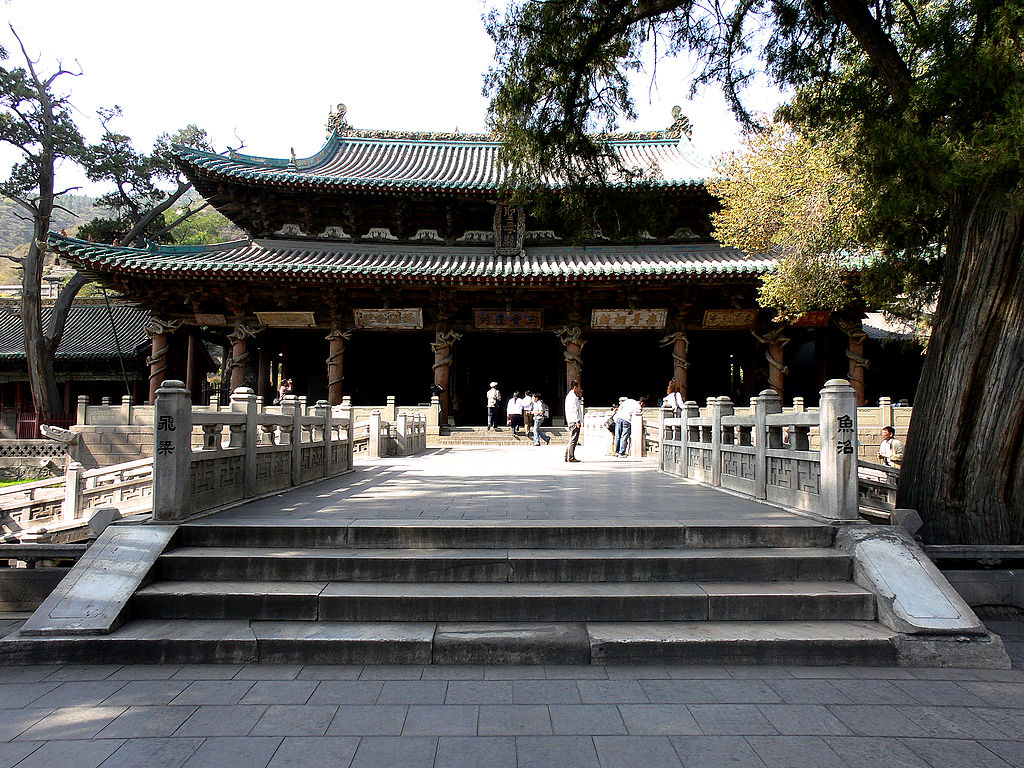
Temple of the Saintly Mother, Jin Temple, Taiyuan, 1032 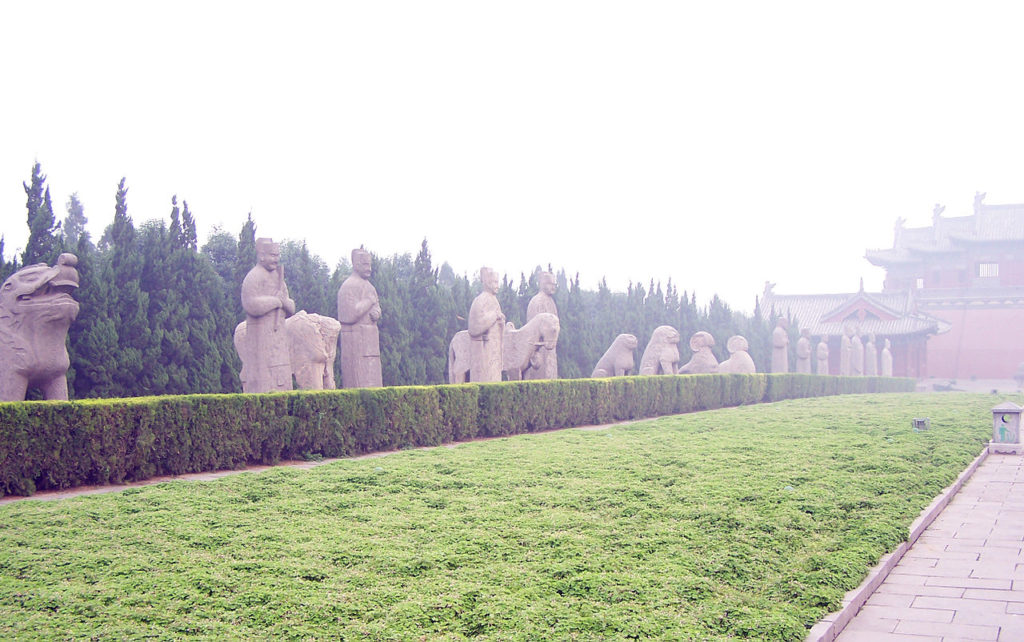
Spirit road, Northern Song tomb complex 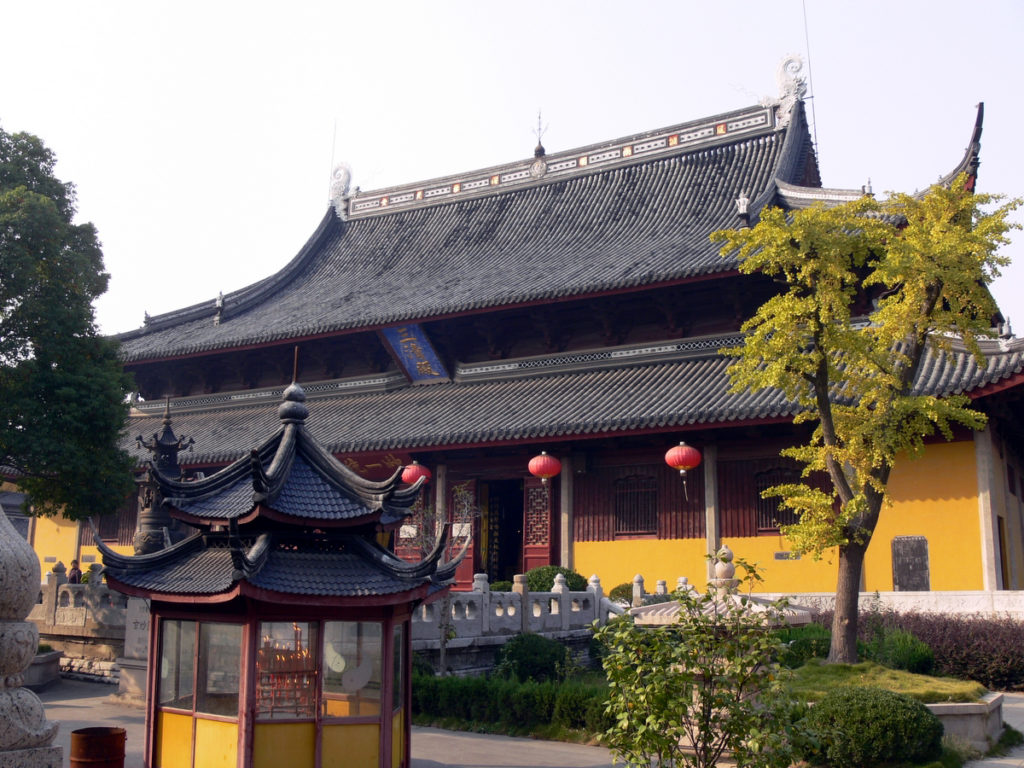
Trinity Hall of Xuanmiao Temple, Suzhou 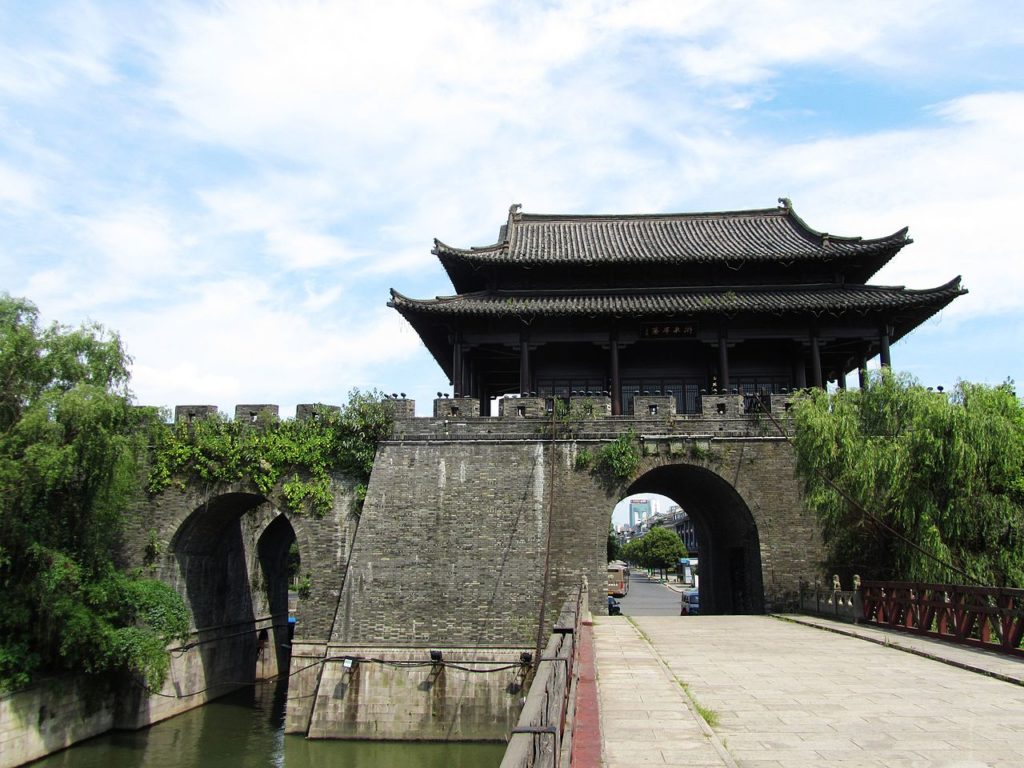
City gate of Shaoxing, Zhejiang, 1223
There would be much more to say but this DD is already very long (and does not aim at being a history book). Let us touch briefly innovation and technology progress before you get bored!
Innovation and technology at their finest
The Song dynasty was a favourable time for innovation and technology development, which in turned supported its long prosperity. Here below you will find a quick overview of its main achievements!
Warfare, as already mentioned, was domain of key developments : black powder was quite central in new development. Older technologies were refined like evolution of the early flamethrower, explosive grenade, firearm, cannon, and land mine. The Song navy also developed paddle-wheel warships equipped with trebuchets that could launch incendiary bombs made of gunpowder and lime, attested in 1161 in two battles.
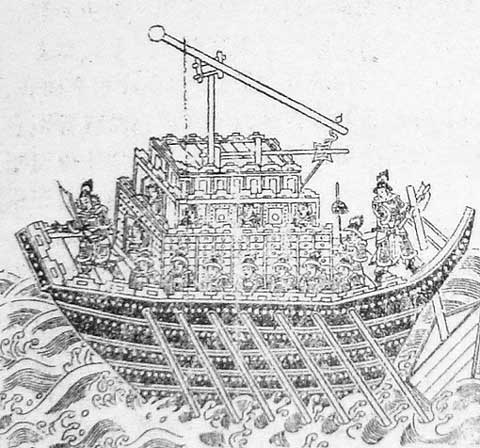
One of the Song trebuchet ship 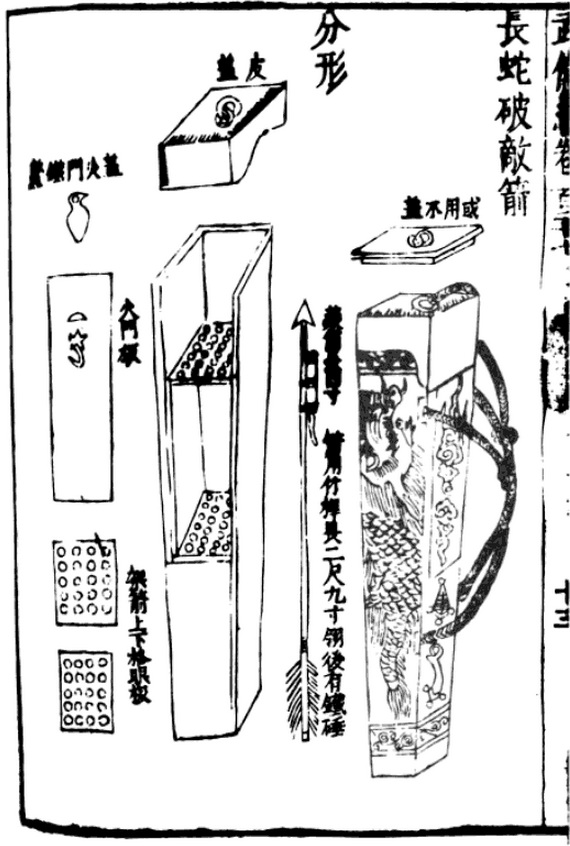
Depiction of the 13th century « rocket launcher », the « Long Serpent »
Polymaths (people excelling in a wide range of disciplines) like Shen Kuo (1031–1095) and Su Song (1020–1101) were extremely prolific. Shen Kuo for instance discovered magnetic declination of the North Pole using a compass, refined a number of astrological instruments and had a go at hydraulic clockworks. Su Song was famous for hydraulic clockwords too – he was the mind behind the astronomical clocktower of Kaifeng and helped mapping the sky.
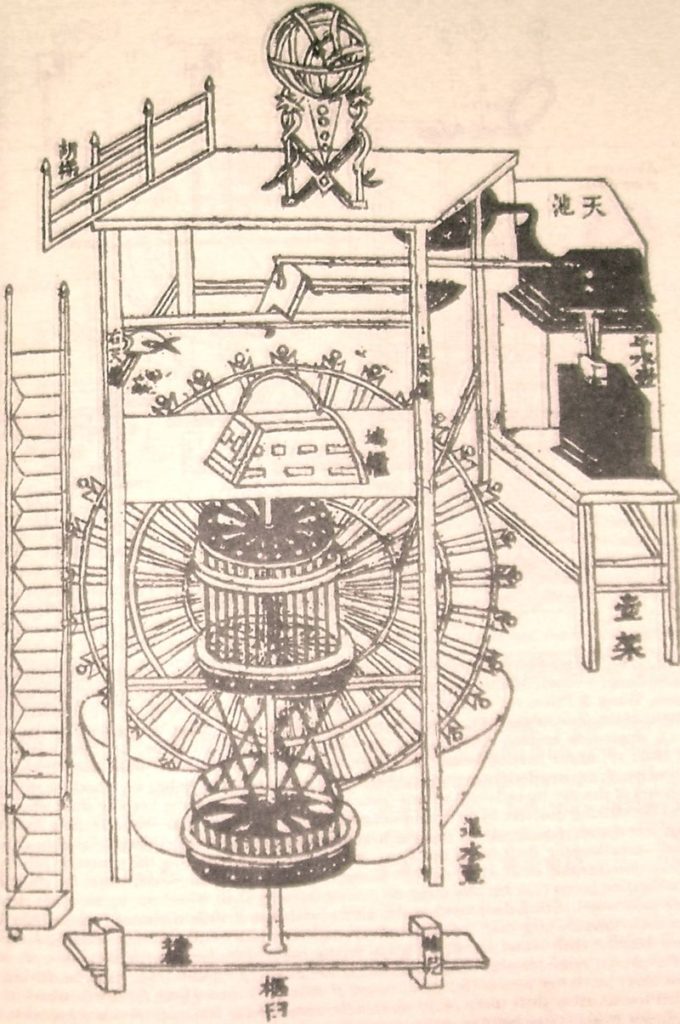
Interior diagram of the astronomical clocktower of Kaifeng, Su Song’s book, 1092 and printed in 1094 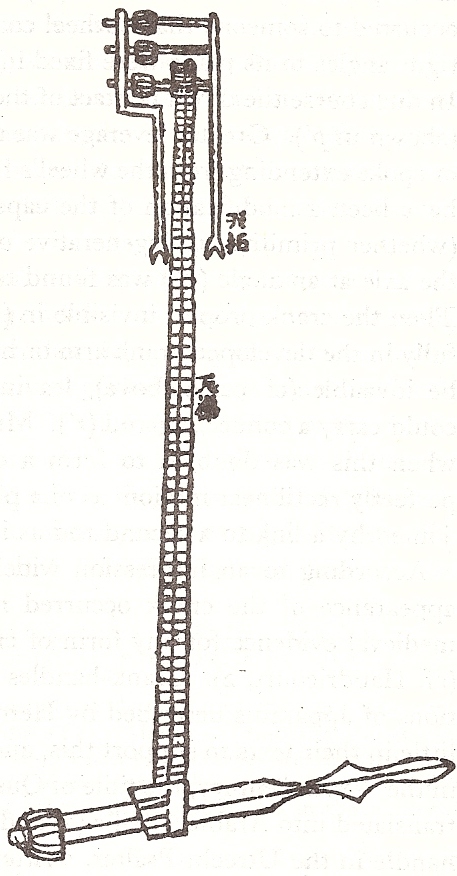
First ever-known depiction of an endless power-transmitting chain drive
Advancements in mathematics, geometry and geography were significant as well. As mentioned earlier too, Song China was behing the invention of insurance for merchant goods transportation.
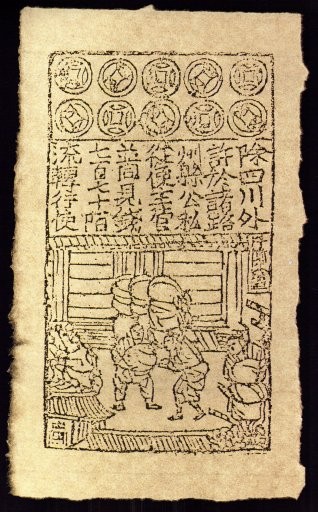
Reproduction of a Jiaozi 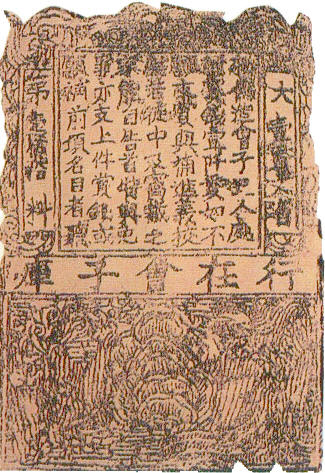
Huizi, introduced by the government in 1160
Another great invention which would have a long life, paper currency emerged in the 11th century in the western city of Chengdu under the form of Jiaozi (交子), in fact promissory notes. Issued biannually, coming in various denominations and values, these were convertable, for a fee, into hard coins. Although created by a private entrepreneur to ease transportation of money (imagine carrying around a large volume of copper coins or silver ingots), the Song eventually realised the interest of such a method an issued a reform in 1160 AD, creating its own, governement-approved, paper money! The system unfortunately crashed as the Mongols were progressing south, leading the Song dynasty to produce Huizis in excess for its expenses and thus reducing values of the banknotes.
Last but not least, we could not miss what is still very much in use today: movable type printing! Invented by an artisan, Bi Sheng (990–1051), to improve woodblock printing and decribed by Shen Kuo in 1088, this method would enable cheaper and faster printing of books for a population who was growing more and more litterate and had an appetite for knowledge. Unfortunately, woodblock printing kept being use over movable printing, due to the large number of Chinese characters, but kept being developed and used (notably using metal [bronze] movable blocks instead of wood from 1490 AD onward).
We will stop here for today, with the Song’s ultimate demise in 1279. Hope we did not lose you along the lines, stay tuned for more content, history, foci!
